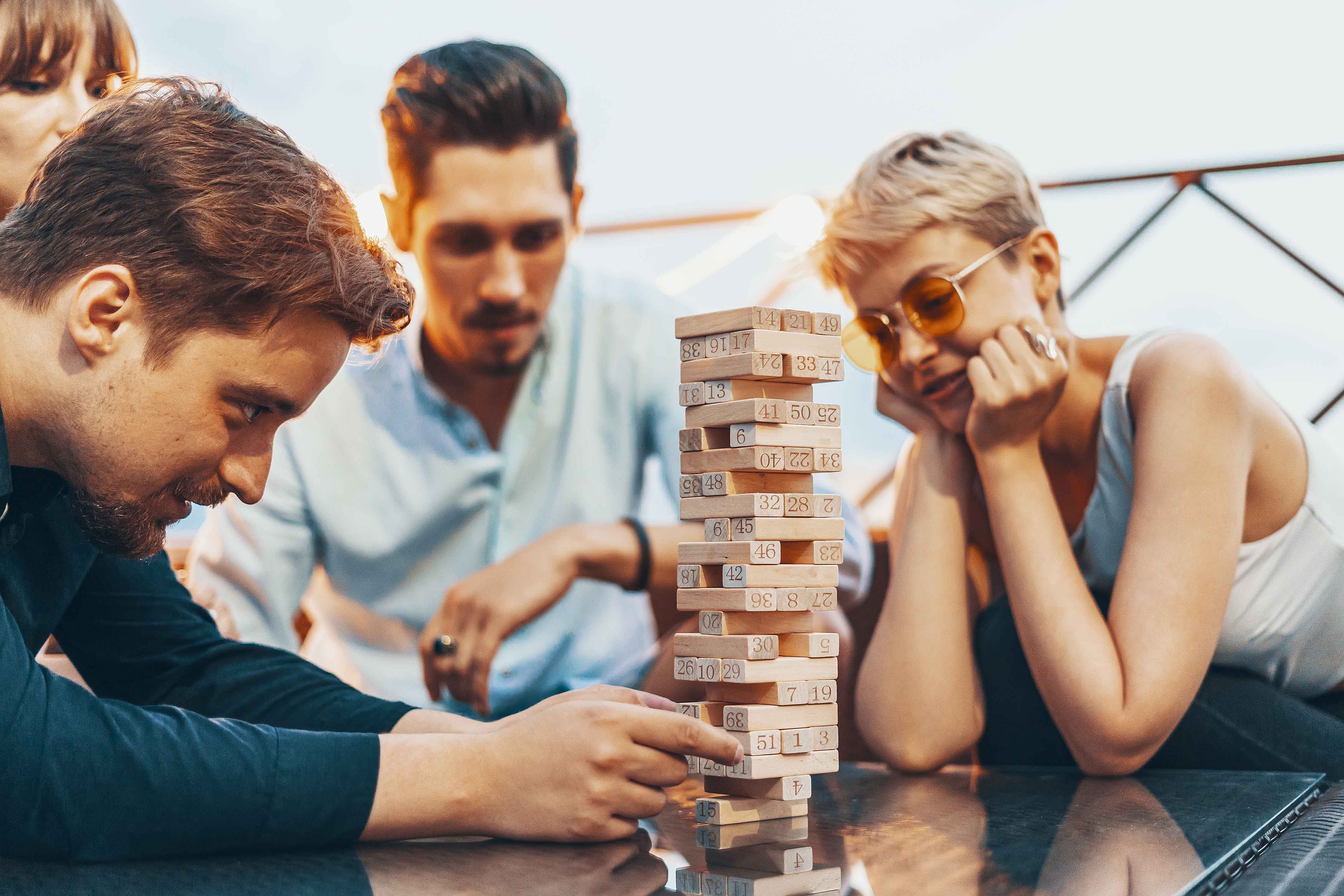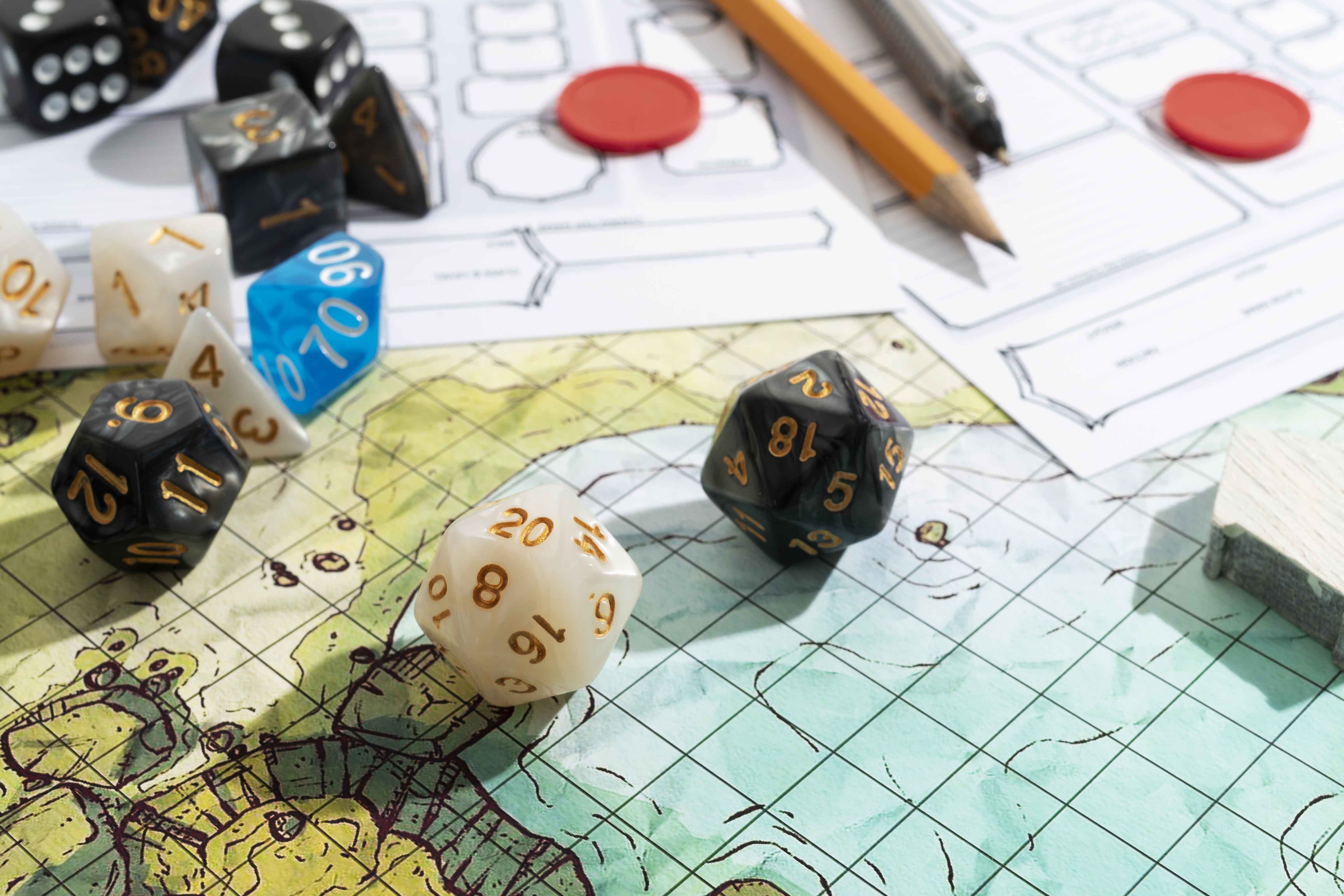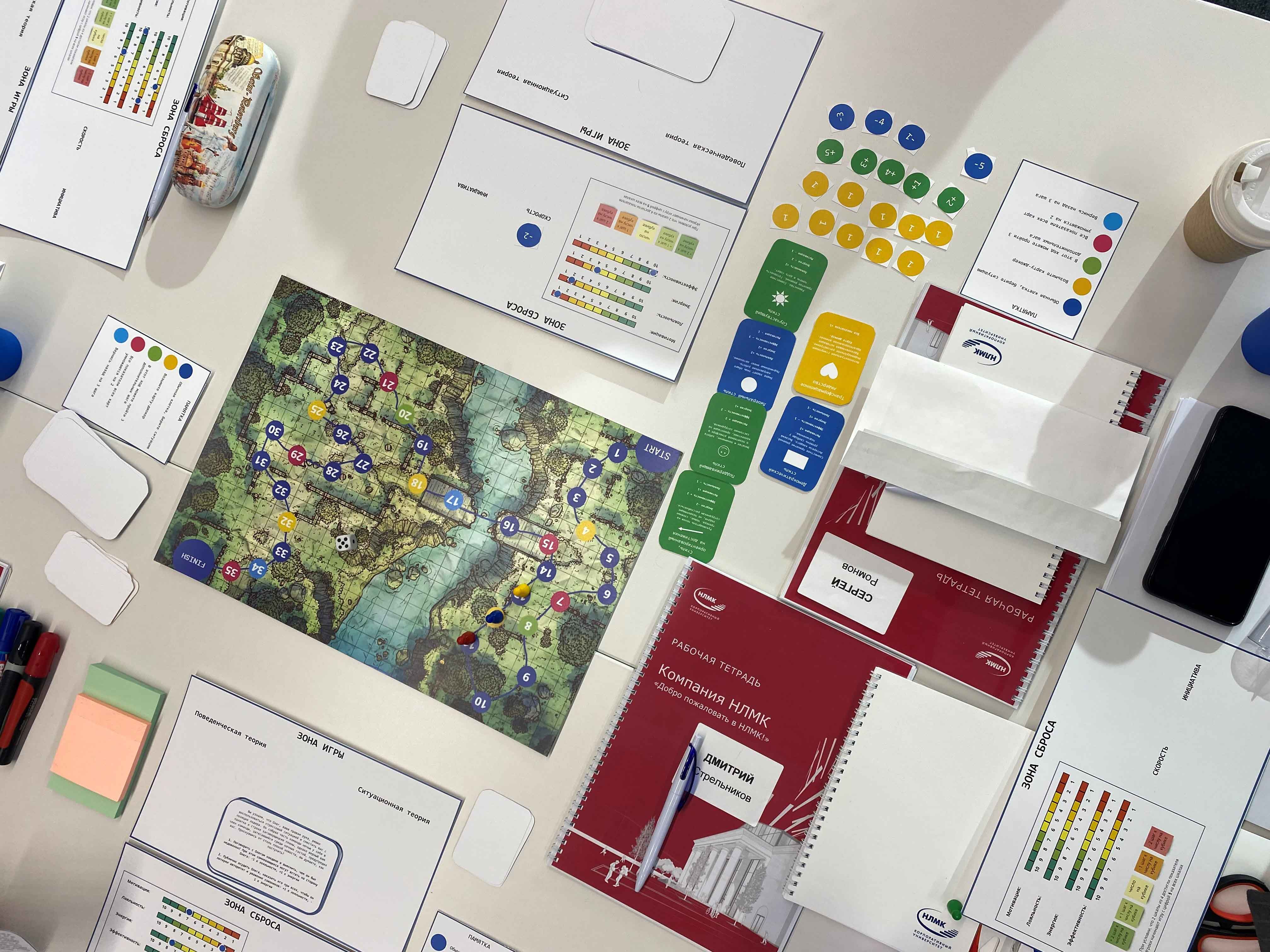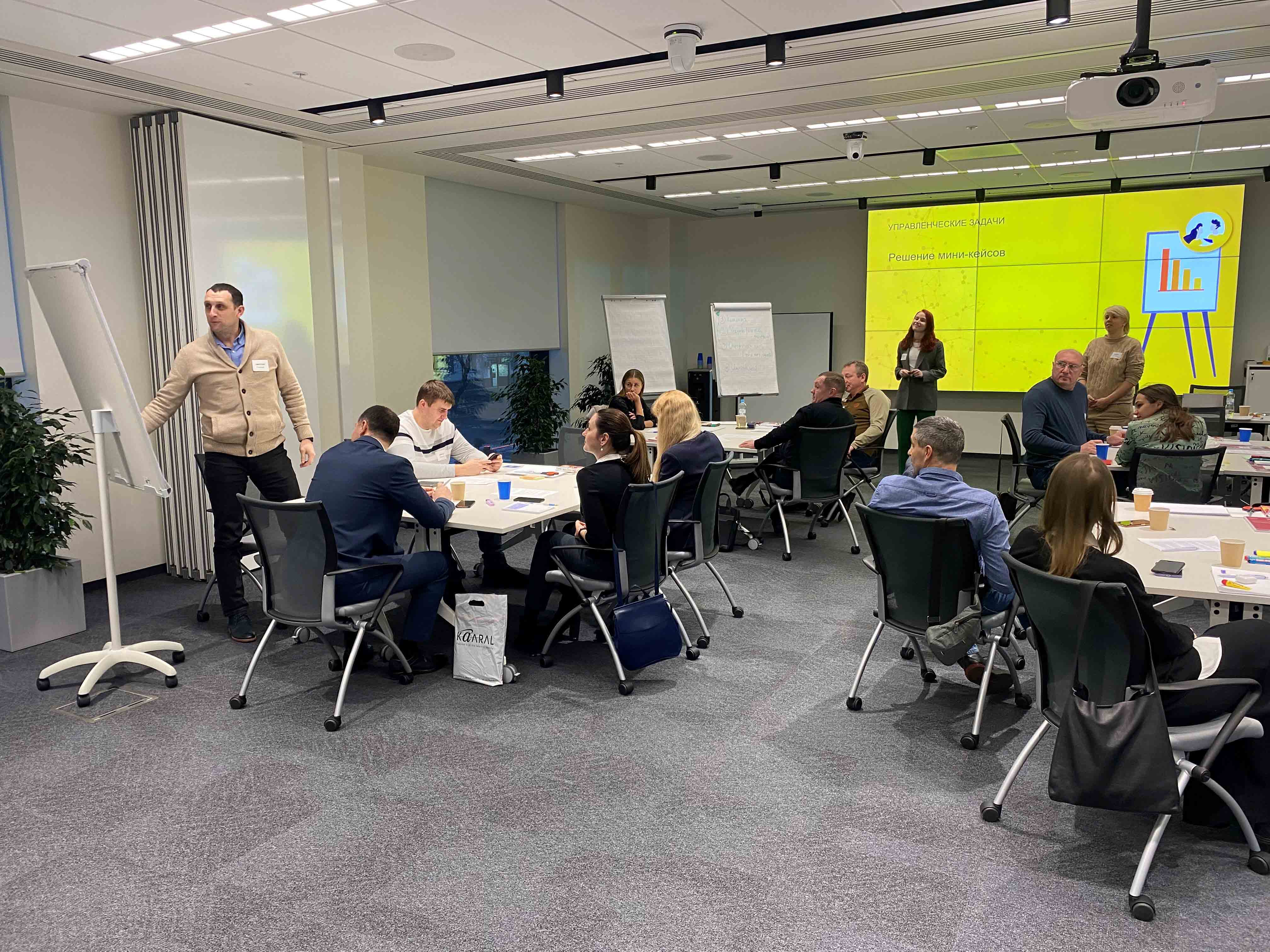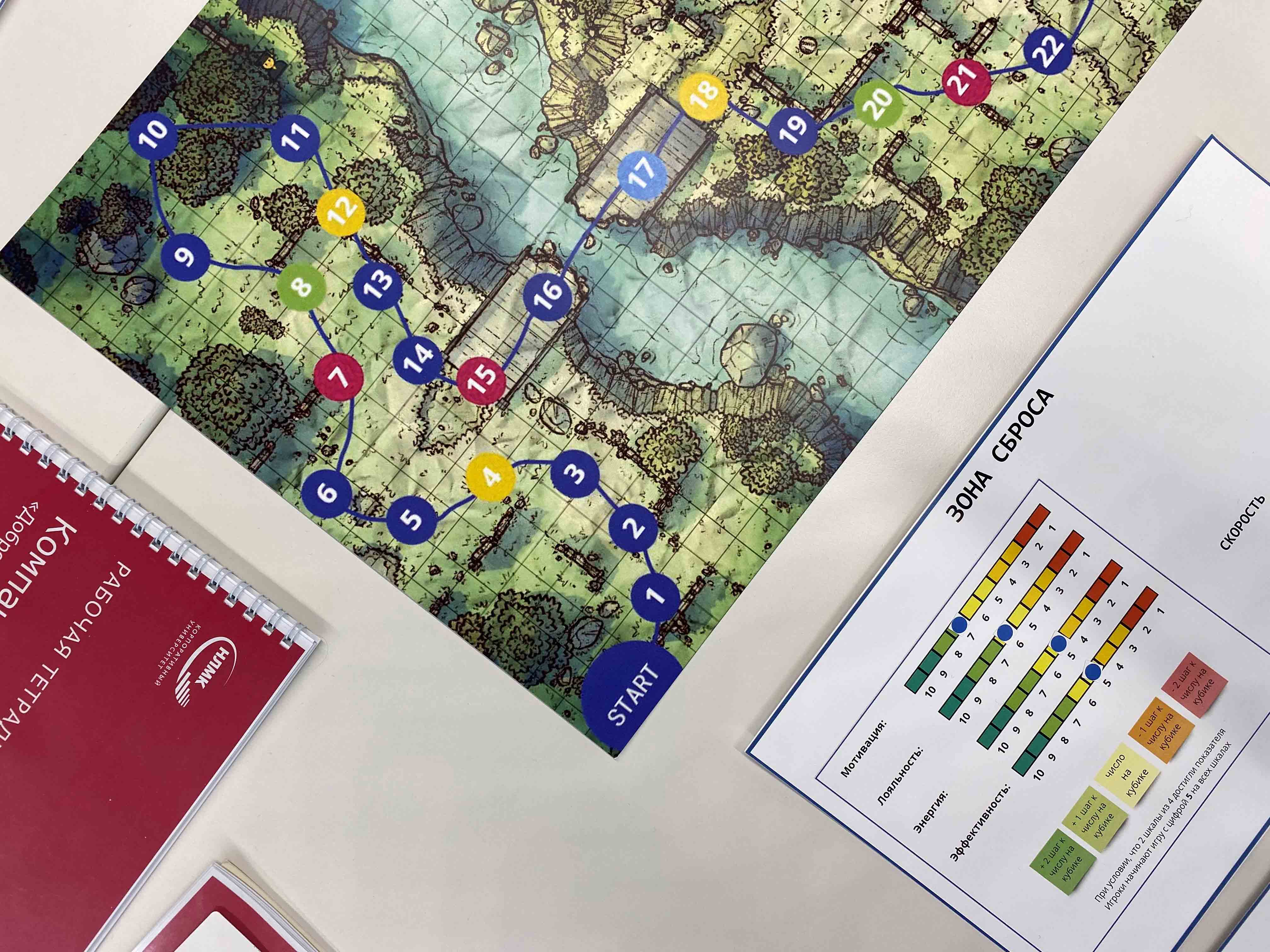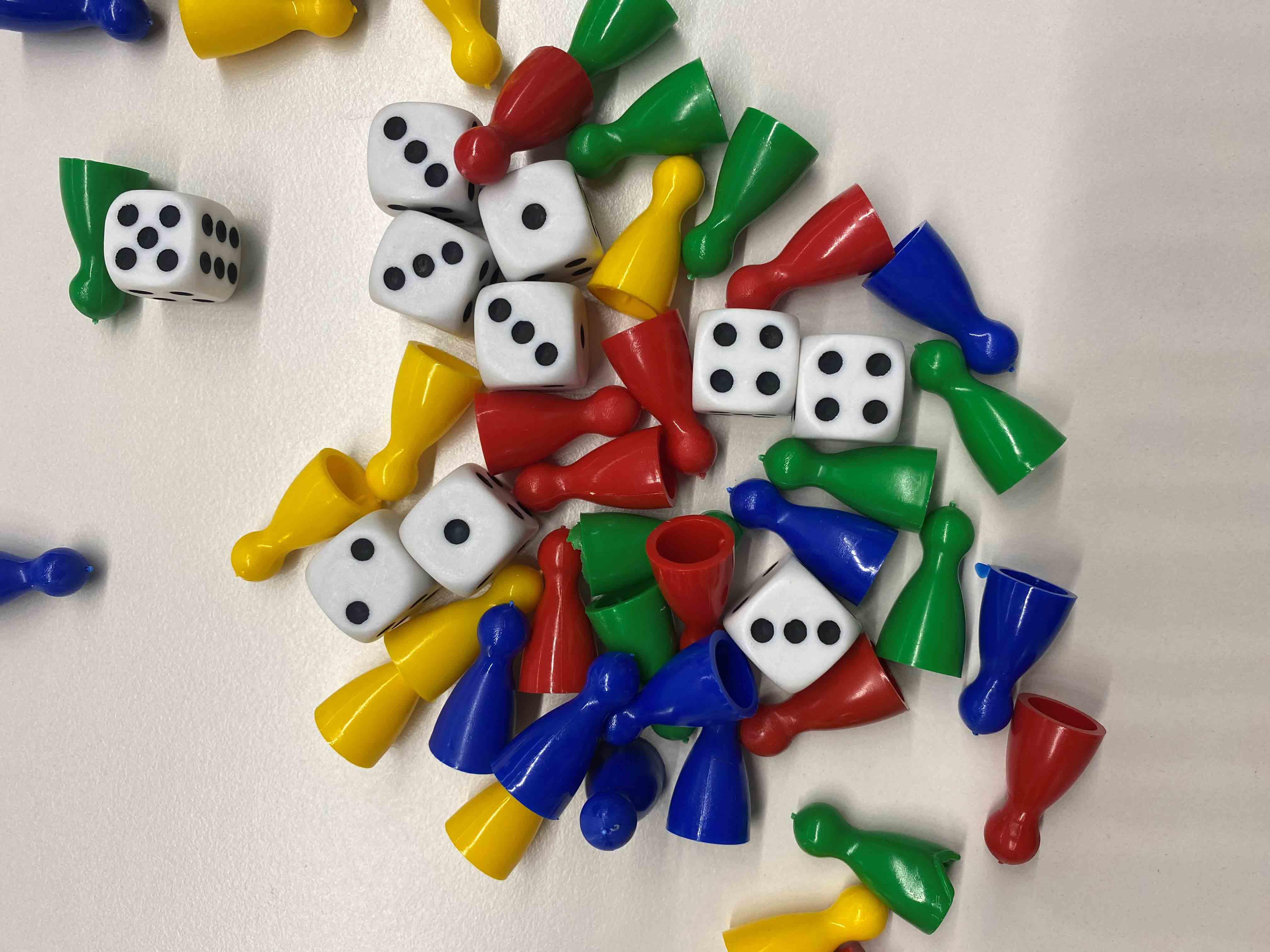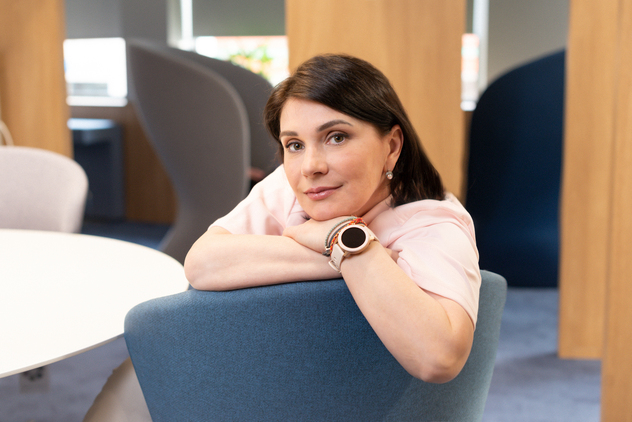
20
Mar '23
The games that businesses play: Use cases of serious games for problem solving
Expert's column
601
Games are becoming an ever more prominent part of educational programmes and help businesses solve practical problems. Elizaveta Lobanova, Chief Specialist of the NLMK Group Corporate University School of Leadership and Team Interaction, tells about how serious games can be used in various fields of activity.
Since about 2010, the business community has been actively discussing the use of games to solve problems and achieve various goals: fr om educational to social and economic. Gamification and the different game formats are becoming increasingly popular in HR, T&D, L&D practices. The market of serious games development is fast growing and corporations, including in Russia, seek to employ these services more often.
On a wider scale, according to Mordor Intelligence, the global market of serious games was estimated at $6.29 bn in 2020, and is expected to reach $25.54 bn by 2026, posting an average annual growth rate of 26.37% over the forecast period.
Growing awareness, the emergence of specialized degree programmes at major universities, for example, at MIT, increased investment in the sector by major players, and burgeoning demand fr om the population all drive the extensive use of serious games. The COVID-19 pandemic accelerated digitalization and innovation in almost all areas and especially so in the field of education, which was instrumental in the advancement of serious games.
Despite all this, as a developer, presenter and advocate of gaming technologies, I keep noticing that different target audiences still distrust and reject this form of education. Some say that games are only for children; this attitude is superficial and counterproductive. Others believe that game development is difficult, expensive, slow, and too complicated for students. Still others do not believe that games can be used to address real business problems.
To get a better understanding of the matter, let’s take a closer look at:
- What serious games are
- What their applications are
- Which companies already make use of them
- What effects can be expected from games
Let’s go through these points one by one.
1. The concept of a serious game
Games that are played to solve practical problems have many names: business games, business simulations, serious games and so on. But what does it mean exactly?
According to the definition in the Oxford Dictionary, to which most other sources appeal:
Serious games is a genre of games designed not just for entertainment but for purposes of education or persuasion.
Applied games are synonymous with serious games. In other words, these games entertain and solve real problems at the same time.
These concepts are closely related to the field of game practice, that is, the use of game methods to solve various practical problems that require collective activity.
Simulations and business games are essentially each a type of serious games. They usually aim to develop skills and abilities and take place in an interactive format, when real roles, processes, situations and places are simulated. In simulation, modeling takes a central place, whereas in business games modeling takes place in a more game-like format using game elements: plot, characters, and various mechanics.
Practical results are achieved by the game reproducing real rather than fictional processes. We can have as many medals, characters and chips as we want, but if the game is designed in such a way that it correlates with the workflow, the team can get real benefits while also being entertained. This is true, of course, if the game is balanced and designed wisely. Not every game will produce the desired result.
2. Applications of serious games
In fact, the range for games is very wide. They are used both in the field of education for training and skill development, and in HR practices for onboarding, and even at large production facilities. For example, the first business game was an experiment at the Leningrad Institute of Engineering and Economics (LIEE) in June 1932. The author of the first game was Maria Berstein, a teacher who developed a game simulating the start-up of a production shop. The game was intended for managers, and its purpose was to practice the start-up of a new workshop before it happens in real life.
According to A. Yatsyna, games deliver the following results:
-
Have fun, get positive emotions, distract from routine. Such games are perfect for events, corporate retreats, and thematic events.
-
Adoption of decisions and methods, as well as behaviours or patterns of activity, manifested in the game in daily activities. That is, we test models in game to identify the most effective one. Then we change our behaviour in real life in line with this model. Such games have a very broad scope of application: from psychology to improving teamwork.
-
Creating a situation, developing something new. In this case, game reality serves as a model of a system in the future. It can be related to new products or new business processes, a new way of managing things or entering a new market.
-
Development or improvement of a skill. This is educational game.
-
Assessment of how a situation develops: is the new business process feasible or not, will the business be successful in certain conditions, what caused the current situation? These assessment games help to evaluate the effectiveness or other criteria of a process or a person.
3. Examples of how games are used in different fields of activity
Let’s look at some examples of the use of games in different companies and for different tasks.
- 1. On the Horizon, a game of leadership styles. NLMK Corporate University
At the Corporate University we actually deploy games, not just write about their benefits. The game On the Horizon was developed as part of "Welcome to NLMK", the educational solution for practicing the skill of switching between different leadership styles and using the most suitable one.
Designed as a board game, as the story unfolds, players become leaders of their imaginary teams, which they need to lead from the top of the mountain to a safe camp down in the valley, overcoming all the obstacles of the wilderness, keeping their team safe and sound.
The player’s team has 4 characteristics: motivation, efficiency, loyalty and efficiency. On their turn, the player draws a random situation , which they need to solve using one of the leadership style cards. At the same time, each card increases and decreases certain characteristics of the player’s team.
The goal of the game is to reach the finish line first, while keeping your team in balance.
On completion, participants note that during the game they have to step outside their comfort zone as leaders and solve situations in an unusual way, which builds their leadership competence. Of particular value to the participants is also the observed example of colleagues who sometimes use unexpected solutions. This way all players benefit from cross-enrichment.
- 2. “Houston, we have a problem”, a teamwork game. Gazprom Neft
The company wanted to conduct a game that would solve the following tasks:
- Reinforce the skills acquired during a recently completed training programme.
- Prime participants for teamwork, partnership and cooperation.
- Practice skills of teamwork and cross-functional interaction in conditions of uncertainty.
- During the game, assess the overall competency of participants and identify areas for the development of the team’s capabilities.
Mango Games facilitated “Houston, we have a problem”.
During the game, the participants assumed the roles of astronauts and were given the task of completing three missions in 90 minutes to prepare for the launch of spacecraft the Moon. The game was played in two streams — eight teams played simultaneously.
To complete the missions, it was necessary to establish communication between the teams. The game is designed in such a way that the teams cannot pull the mission off on their own. Depending on communication, two versions of the ending were included in the game:
- Missions completed, the teams are leaving for the moon.
- No agreement, missions failed, spacecraft not ready for launch.
45 minutes after the start of the game, participants receive a message from Houston, which changes the schedule of missions and adds new ones. During the game, participants learned to work within jointly developed rules, established communication between teams, distributed resources, learned to concentrate and look for a way out of difficult situations.
In the follow up discussions, the strengths and weaknesses of the teams were identified, which helped plan their further training and development. In addition, the teams made important conclusions about working together, and discovered nuance that they had not noticed before.
- 3. Retman, an educational strategy game. OBI
The purpose of the game was to engage managers in the learning process and accelerate their development. It was necessary to develop skills such as prioritization, independent decision-making and identification of potential risks. In addition, the participants needed to gain experience in various business areas.
As a result, the business simulation was developed and called Retman (short for "retail manager"). The simulation was implemented in the format of a computer-based business game that simulates the operations of an OBI store.
It took 12 months to create and test the simulator. Developers from Level, the company that helped create the game, spent a lot of time in stores together with general managers and their deputies to delve into business processes and create the most realistic simulation possible.
The tasks of the business game correspond to real situations: from stocktaking to settling customer claims. Thus, players not only gain experience in various business areas, but also learn to prioritize, make decisions independently and calculate possible risks.
Upon completing the game:
- Staff training costs have been reduced by 30%;
- The time spent on training one manager has been reduced by 85%;
- The attrition of trainees for senior positions decreased by 10%.
4. What effect can be expected from games?
Based on the above examples and scientific research, it can be concluded that the games:
- Increase motivation and engagement through having clear tasks and quick feedback, developing social interaction, experiencing a sense of satisfaction from achieving success in the game and having a meaning in the game narrative that may be “bigger” than ourselves. Moreover, it works for both children and adults.
- Provide a safe experience and an environment for experimentation. The price of a mistake in the game is not as high as in life. The game creates a “magic circle” wh ere you can try different models and select the best for a real task.
- Help us test our capabilities, train and hone our skills.
- Help calibrate the player’s emotional reactions to many unexpected and ambiguous events, as they acquire the skill of reacting to game events.
- Have a positive effect on mental development, as gaming activity becomes more complicated, and due to formation of new neural connections.
A game is not always long and expensive. Large electronic simulations certainly require a lot of resources. At the same time, the creation of board games or chamber games is not so expensive and can be carried out in a short time. It all depends on your objective and purpose.
Knock yourself out!
Elizaveta Lobanova, Chief Specialist School of Leadership and Team Interaction NLMK Group Corporate University
Our Newsletter is a totally fact-laden publication, containing information on new products, services and trends at NLMK University



